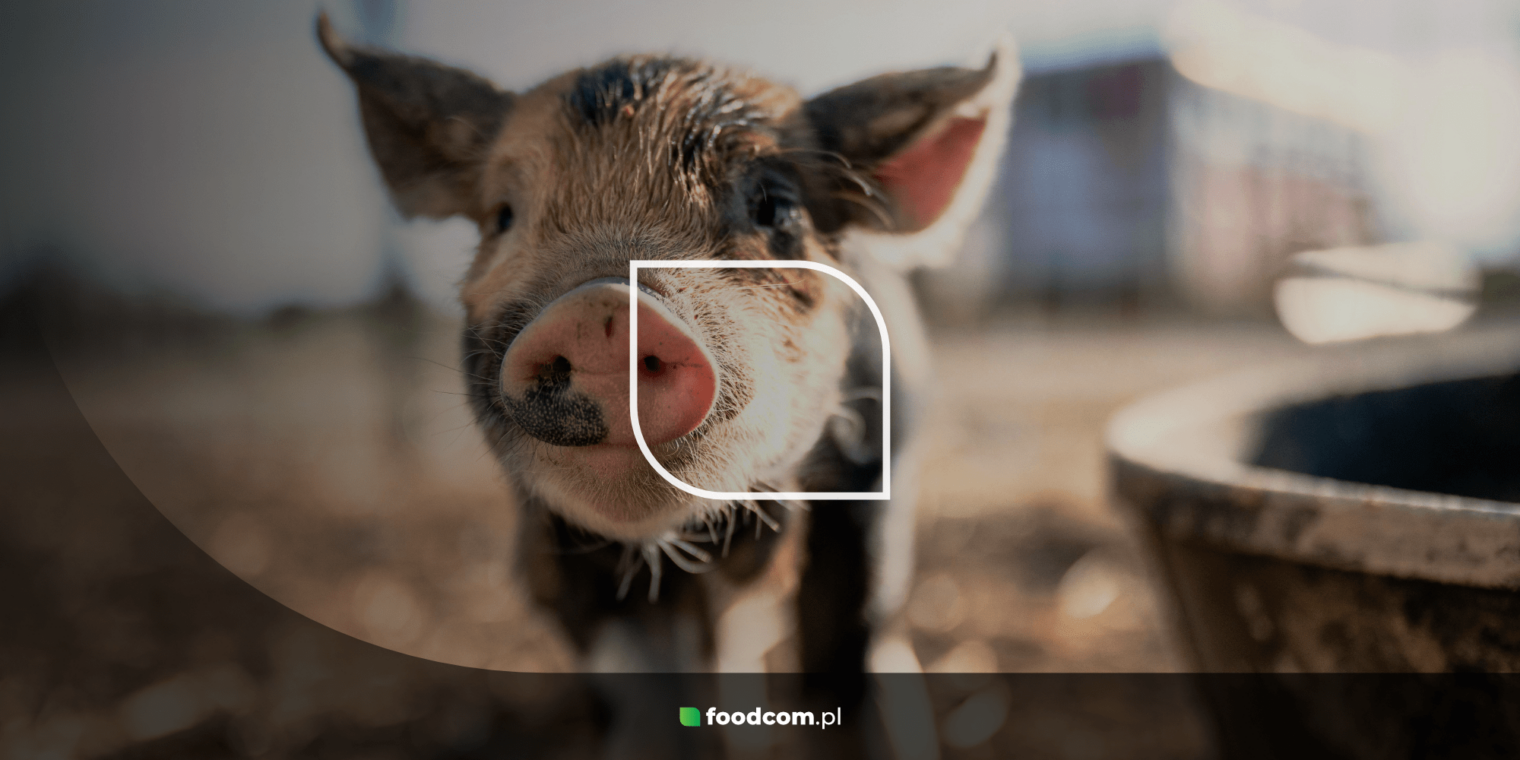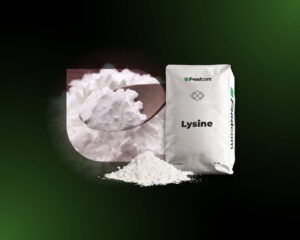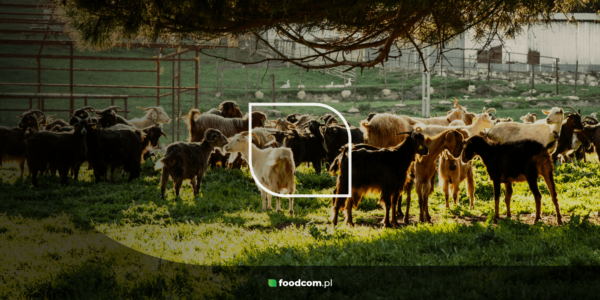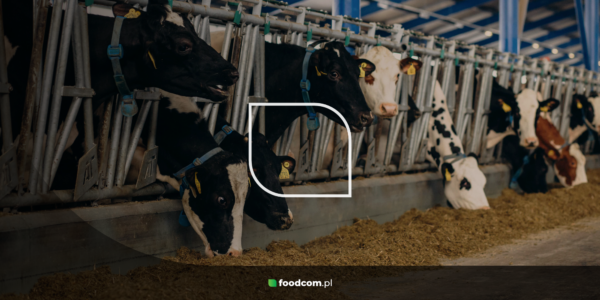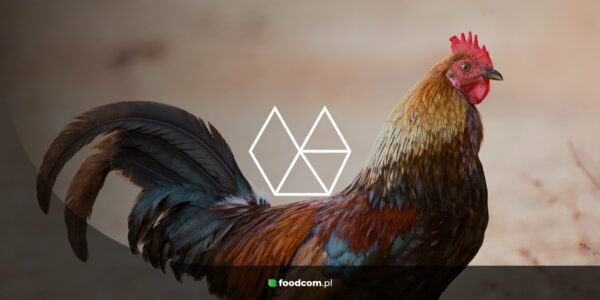- Pig feed promotes health and rapid weight gain, which is crucial in industrial farming.
- Feed production is a complex process, involving the selection of ingredients like potato protein, lysine, vitamins and minerals.
- Modern feed formulations improve breeding efficiency, increasing yield and meat quality.
- Technological innovations and ecological approaches in feed production support the sustainable development of pig farming.
Raising pigs requires adequate nutritional support to ensure that animals not only increase muscle mass, but also stay healthy and grow at optimal rates. Modern breeding systems increasingly rely on specialized feed formulas to support efficient meat production. Pig feed, especially if it is aimed at rapid weight gain, must contain well-chosen ingredients.
Characteristics of pig feeds
Pig feeds are specially formulated mixtures of ingredients that provide animals with the optimal amount of energy, protein, vitamins and minerals. Their purpose is not only to provide basic nutrition, but, above all, to promote healthy weight gain, which is particularly important in commercial farming. Such feed can include cereals, legumes, oils and additional components, including potato protein, lysine or ascorbic acid.
Pig feed can be divided into several categories depending on the purpose of their use. On this basis, we distinguish:
- complete feeds – contain all the necessary nutrients to provide the full nutritional requirements of the animals,
- supplemental feeds – are used as an addition to the daily diet, providing concentrated doses of specific ingredients,
- pig weight feed – specially formulated feed mixtures that provide energy and protein in proportions optimal for rapid weight gain.
Pig feeds must be tailored to the different stages of growth and development of pigs – from starter feed for piglets, to feeds for young, developing pigs, to mixes for adults being prepared for slaughter. Each has a suitable composition that affects the health and performance of animals at different stages of life.
Pig feed production process
The production of pig feed is a multi-step process that requires the precise selection of ingredients and appropriate processing techniques. The basis is the selection of high-quality cereals, which are the main source of energy. In addition, proteins of vegetable origin such as soybean, rapeseed or potato protein are used. Mineral and vitamin additives are also introduced.
In specialized mills, the ingredients are ground and mixed to achieve a uniform feed structure. This affects the even distribution of nutrients and better absorption of the feed by the animals. The feed is most often in the form of pellets or loose mixtures, which determines how easy it is for the animals to consume and how efficiently it is digested.
Ingredients of feed for pigs and their importance
Among the most important ingredients found in pig feed are:
- potato protein – is one of the main sources of protein with high biological value. Potato protein provides the amino acids necessary for muscle development, which translates into faster weight gain,
- Lysine – the use of lysine is aimed at improving feed efficiency. It is an essential amino acid that promotes the development of muscle mass and affects the overall condition of animals. It also supports calcium absorption, which contributes to bone health,
- Vegetable and animal fats – are a source of energy and fatty acids that contribute to immunity and overall animal performance. Fats also increase the caloric content of feed,
- carbohydrates – cereals are the main source of energy and influence effective weight gain. They contain fiber, which has a beneficial effect on digestion,
- minerals and vitamins – they promote immunity, improve skin condition and affect animal metabolism.
Benefits of using modern feed formulations
The use of well-designed, balanced feeds for pigs brings tangible benefits to both breeders and consumers. Faster weight gain, better meat quality and good animal condition, and reduced use of antibiotics are just some of the benefits. Good feed also affects nutrient use efficiency, which means breeders can achieve better results with less nutrition.
The feed industry is evolving rapidly, and innovations in the field are allowing for an even more efficient and environmentally friendly approach. The introduction of modern systems for automatic management of ingredient dosage makes it possible to create products tailored to the specific needs of animals. The use of enzymes and probiotics in feed improves nutrient absorption, which minimizes energy losses. In addition, in response to the growing demand for environmentally friendly farming methods, feed companies are investing in products that reduce greenhouse gas emissions and waste generation.
The right ingredients make a huge difference in the rate of weight gain and overall animal health. Technological innovations and attention to feed efficiency make modern mixtures meet the needs of both large industrial farms and smaller farms. For breeders, pig feed for weight is a production support tool that directly affects the quality and efficiency of breeding, making them more competitive in the food market.

